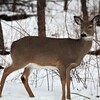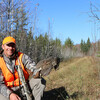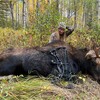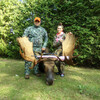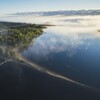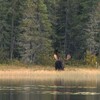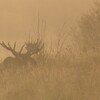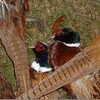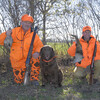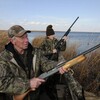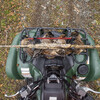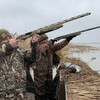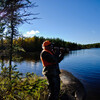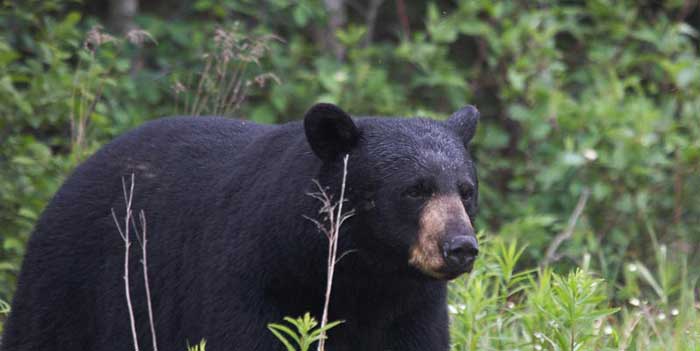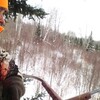
Setting up for Bear
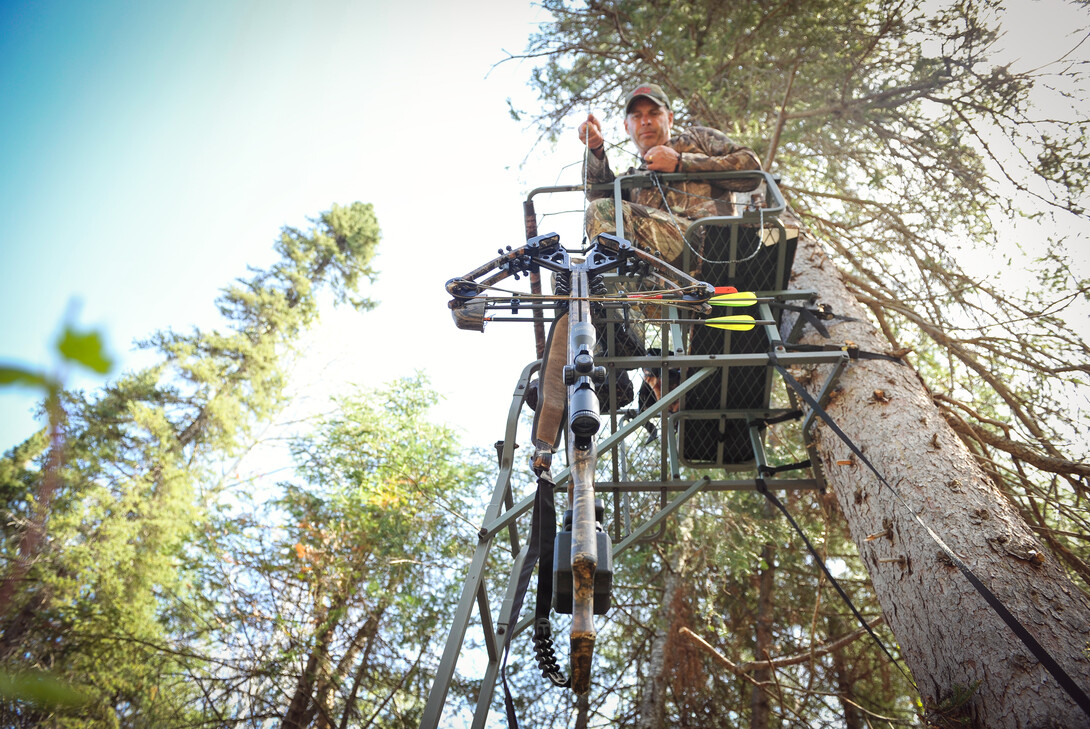
Successfully harvesting a mature bear is one of the most challenging undertakings a hunter will ever face. Despite the often-held public opinion that bear are somehow dumb or easily killed, nothing could be further from the truth. I can say this as someone who used to think bear hunting was somehow beneath me and not worthy of my time. However, when I decided to actually take up bear hunting, it didn't take much time to realize that bear are not only amazingly wary of people but have a nose that cannot be fooled.
You can minimize scent enough to make a mature bear feel comfortable enough to come down a trail, but that bear always has a whiff of a human. The nose of a bear is that good. So, designing a bear hunt to stack the odds in your favour is a big help but no guarantee of success. Here are some thoughts on setting up for a bear hunt that will increase your odds, however you choose to do it.
Stalking
Stalking is easily the most challenging way to hunt a bear, but it is also the technique most difficult to do properly. Bear don't have the best vision, but they do have that uncanny nose, sharp ears, and an ability to catch movement. Stalking bear when they are feeding on berries or, in the spring, newly grown grass and plants requires incredible stealth. You need to have soft feet, a good sense of wind direction, and some courage. A bear that winds you will not stick around. The very largest bear I ever harvested was taken by stalking. I saw it walking in a huge blueberry patch, several hundred yards from the bush road I was on. I had my rifle, but had to get much closer to get a clean shot. That required stalking into a cut and going down in some dips where I could not see the bear. That was a very disconcerting feeling. However, when I came over the knoll, the bear was visible, and I put it down with one shot. It was a 400-pound boar (male bear), and it was fat from eating blueberries. An unforgettable hunting experience.

Tree Stands
Likely, the most popular way to take a bear in Ontario is via a tree stand. An elevated stand has a bunch of things going for it, including a great perspective that allows you to be out of the sightline of a bear. That doesn't mean they can't pick up on your movement in a stand. Bear seem to be able to pick out even the smallest of movements. You should always pretend you are moving in slow motion in a stand. Fast arm, leg, or head movements will get you busted. The placement of a tree stand should be such that you can easily take a clean shot without anything being in the way. Many bear stands are placed near baits or food sources like corn or apple groves.
Lift your weapon when the animal puts its head down. The prevailing winds should be in your face, and hopefully, access to the stand can be made without crossing the path where the bears approach from. It's amazing and unsettling to have a bear come in and then stop in its tracks as it gets a nose full of human scent. Bear will actually sniff and whoof when they smell humans. If it's not too strong, they may hang around. But if there is too much human scent, they are gone. Spraying a little scent mask on your hunting clothing can help. The key things are wind direction, relative scent-free clothing, and no sound or movement. Not always an easy thing to control when a 500-pound bear comes in!
Ground blinds
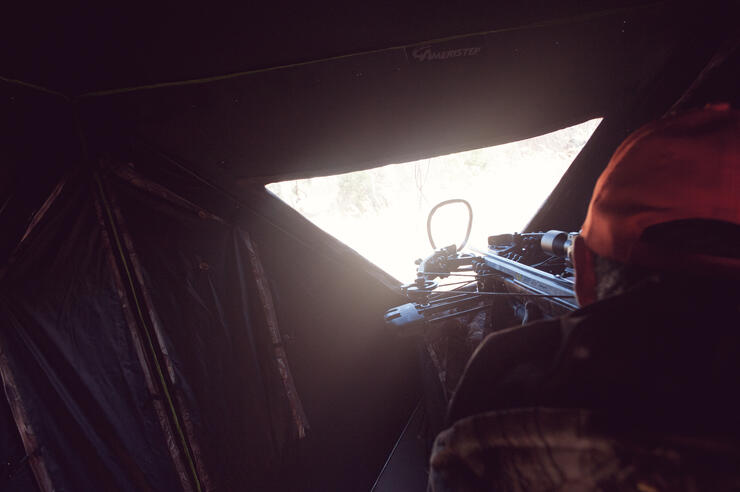
Bear hunters are starting to get more fond of using ground blinds for a couple of reasons. For starters, the ground blind allows for a bit more hunter movement, and that means there is less of a chance a bear will bust you. Ground blinds also help to hold in some—but not all—human scent. You still need to be mindful of personal hygiene as well as the wind, but they really do help. Ground blinds also offer shelter from the elements, especially rain, and this can make it far easier to sit and wait for a bruin. You can set a ground blind up in a field where the bears are hitting corn or berries, at a bait, or just in a high-traffic bear area. Bears do move around and will develop trails to and from food sources and bedding areas. There are a couple of downsides to ground blinds. The biggest problem is bear are curious creatures and will check out ground blinds with little respect for doors. I've had two ground blinds shredded by bears. A friend had a ground blind all but eaten by a bear. Leaving any food or drink in a blind is a big no-no. Ground blinds can also be blown over in high winds, even if they are well-anchored. I've had them blown right across fields. Secure your blind as solidly as possible to keep the thing from making like a tumbleweed.
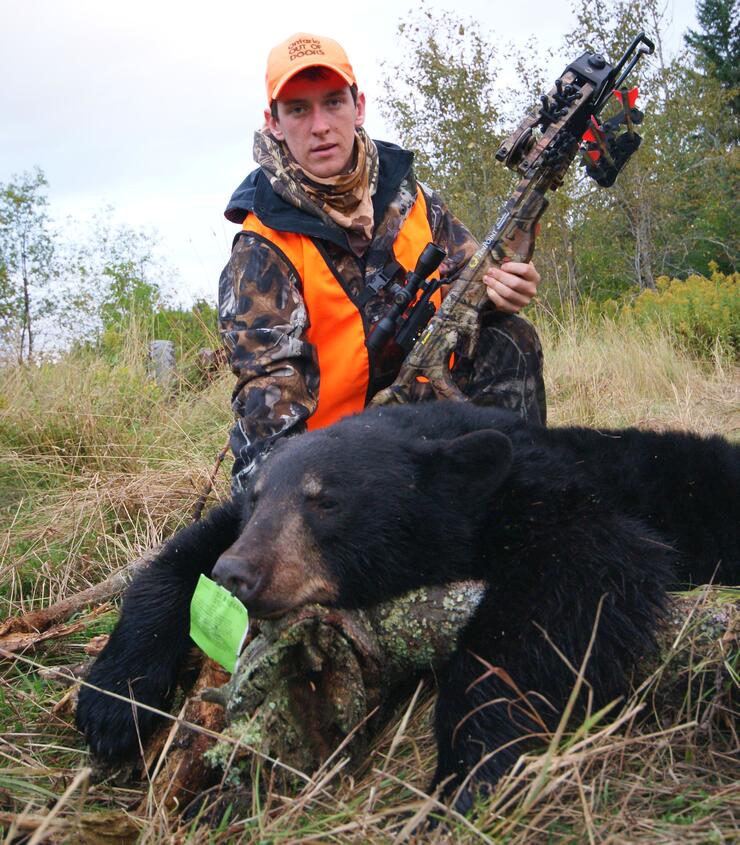
Northern Ontario has some of the most diverse options for bear hunting in all of North America. With a little setup, planning, and some good luck, you will be well on your way to harvesting one of these magnificent animals.
Recommended Articles
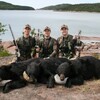
Ontario's Big Black Bears
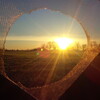
Wild Turkey & A Blind
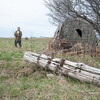
Bruce County Turkey
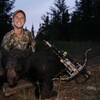
Hunting With Friends
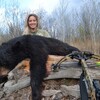
Close Encounters with Ontario Bruins
Big Bucks Behavior
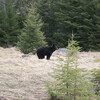
Bear Hunt Experience
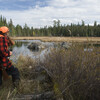
A Northern Ontario Moose Hunt
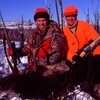
Nipigon Moose
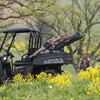
A Guide to Big Game Hunting with ATVs
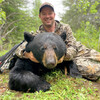
Spring Bears with Canada in the Rough

Double Bears at Kammoe & Sons Outfitters
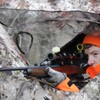
The Rut and Rifle: Hunting White-Tailed Deer in Bruce County

The Northern Ontario Moose Hunt
Algoma Country Grouse - Exploring a New Region to Hunt
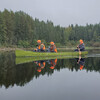
Lake St. Joe's Moose Hunt at Winoga Lodge
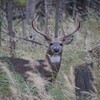
A Buck Tale
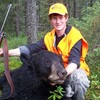
Blueberry Bruin
